ART1827 - The Photograph & Manifest Destiny
1/22
There's no tags or description
Looks like no tags are added yet.
Name | Mastery | Learn | Test | Matching | Spaced |
|---|
No study sessions yet.
23 Terms
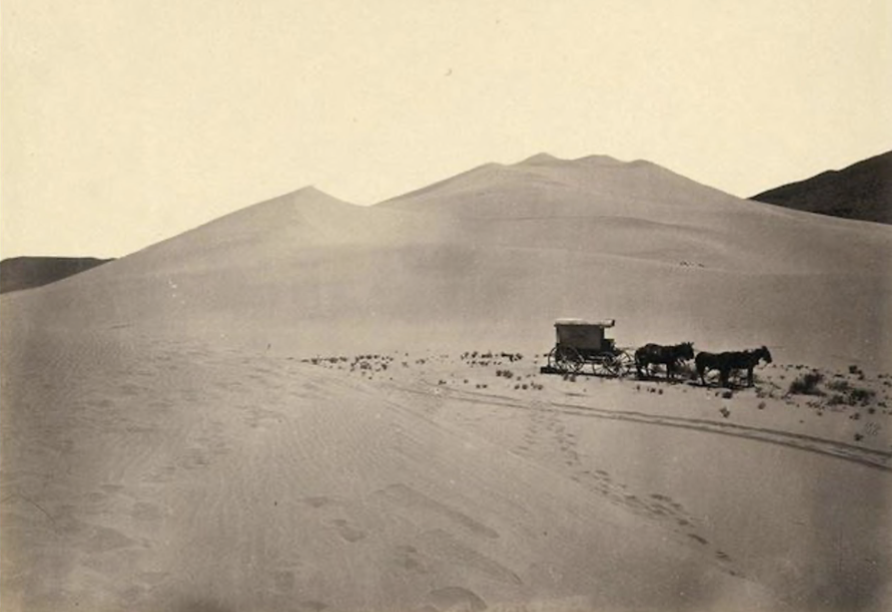
Timothy O’Sullivan’s darkroom wagon, pulled by four mules. Taken in the Carson Sink part of Nevada’s Carson Desert in 1867.
He began his career as a civil war photographer working for Matthew Brady.
He was used to navigating through rough terrain, danger, and the mix of explosive chemistry and cumbersome gear. This experience earned him a position as photographer for the Geological Exploration of the Fortieth Parallel, the first governmental survey of the American West.
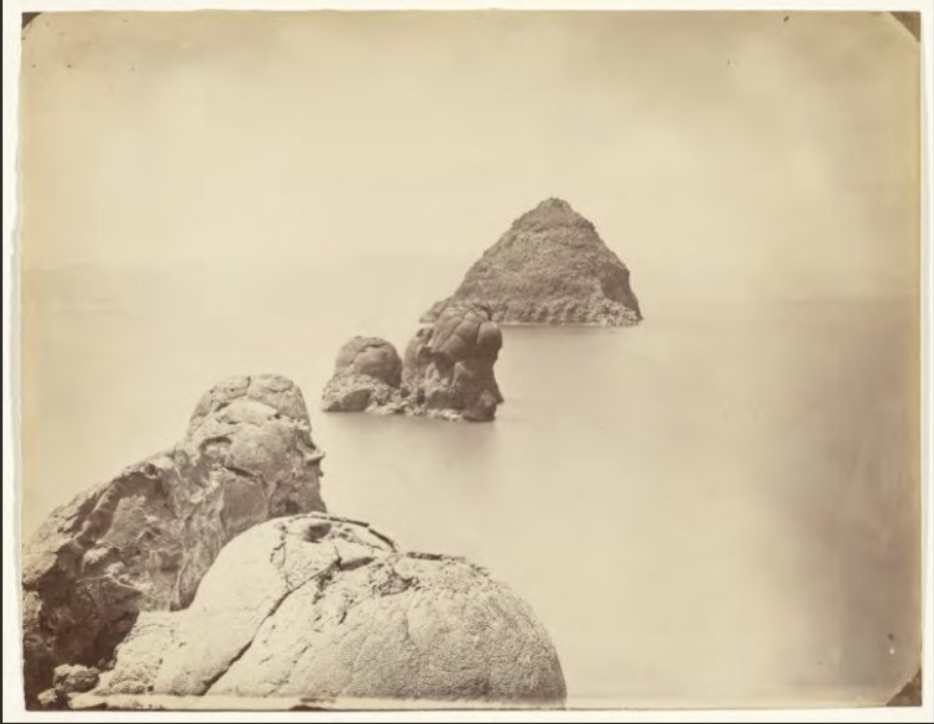
Timothy O’Sullivan’s Tufa Domes, taken at Pyramid Lake, Nevada, 1867
This expedition was charged “to direct a geological and topographical exploration of the territory between the Rocky Mountains and the Sierra Nevada Mountains, including the route or routes of the Pacific railroad.”
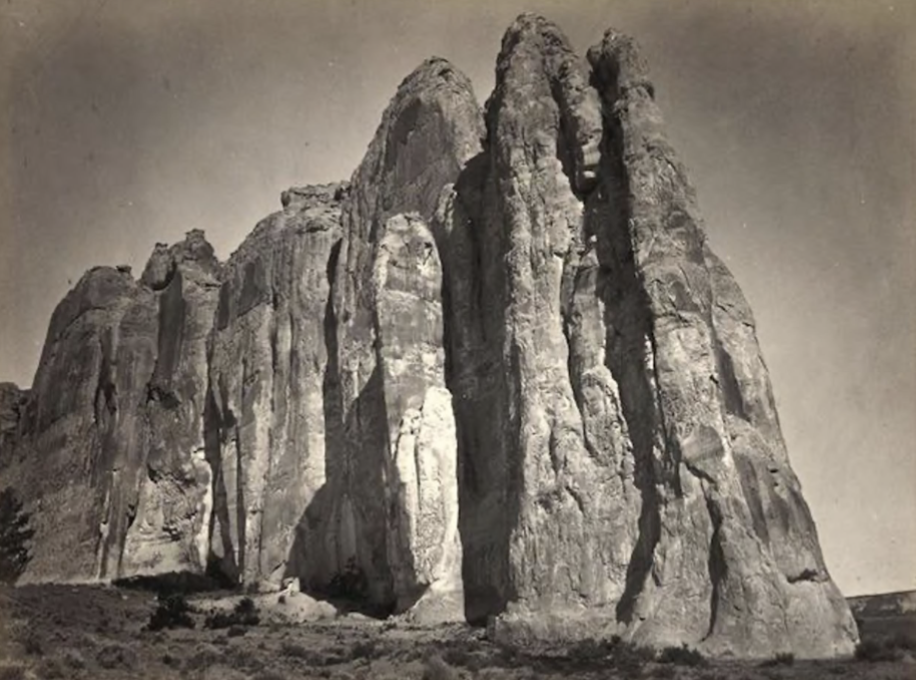
Timothy O’Sullivan’s capture of the south side of Inscription Rock (now El Morro National Monument), in New Mexico, 1873.
O’Sullivan’s work was a balance between scientific documentation and a romanticism of the beauty of the landscape.
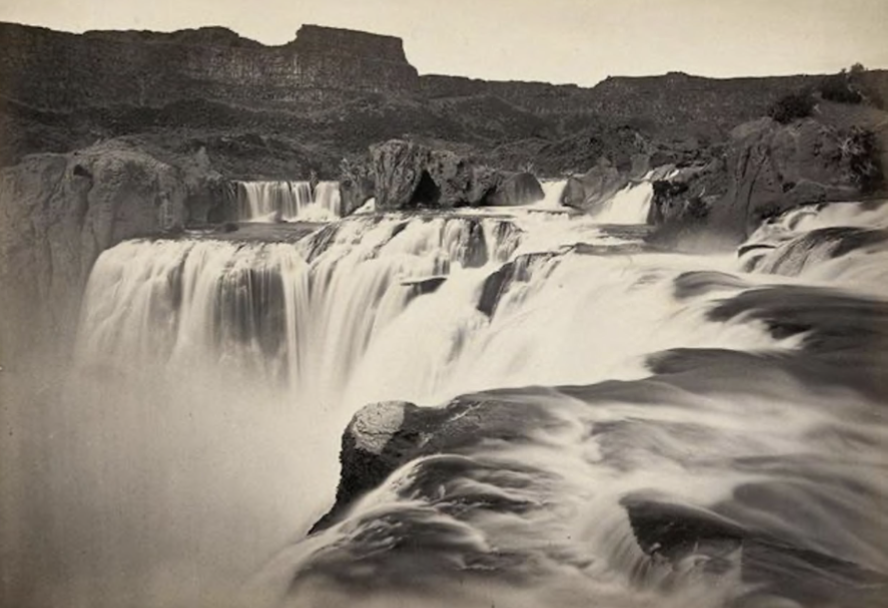
Timothy O’Sullivan’s capture of the view across Shoshone Falls, Snake River, Idaho. 1874.
Captions for O’Sullivan’s pictures provide geological information but also emphasize that the West was a hospitable place for settlers.
Comparing these new sites to those more familiar to folks, like the Shoshone Falls to Niagara Falls.
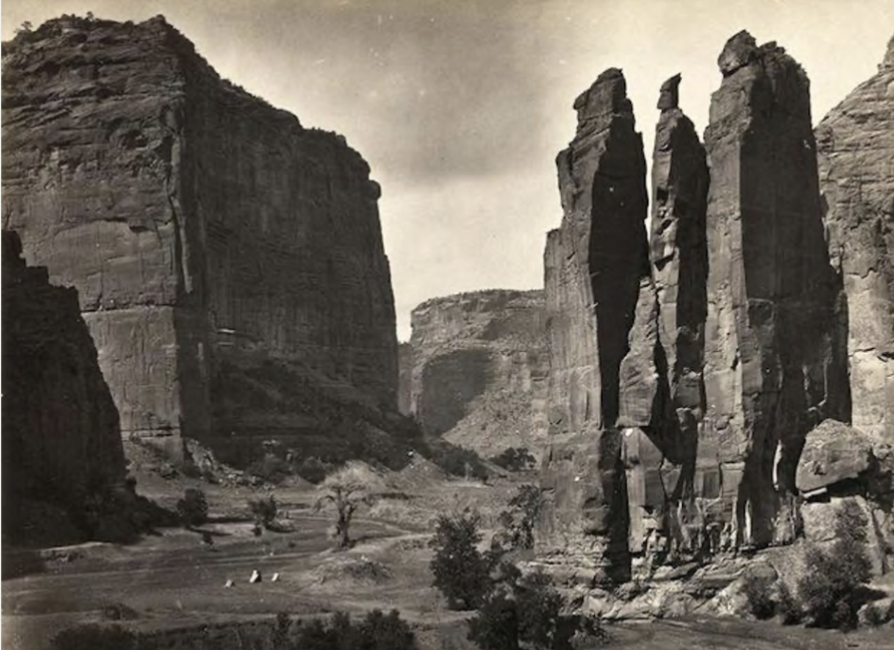
Timothy O’Sullivan’s “Camp Beauty” rock that towers and canyon walls in the Canyon de Chelly National Monument, Arizona, 1873.
O’Sullivan joined several geological surveys west of the one-hundredth meridian. The mission of these would be of practical value.
Reports included information useful in the establishment of roads and rail routes and the development of economic resources.
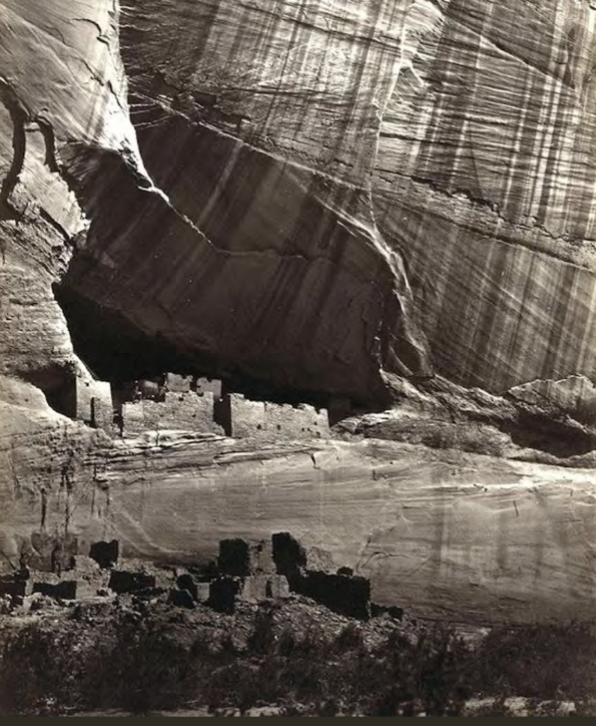
Timothy O’Sullivan: View of the White House, Ancestral Pueblo Native American (Anasazi) ruins in Canyon de Chelly, Arizona, 1873.
Canyon de Chelly was one of many ancestral native spaces that O’Sullivan photographed. You’ll notice that in so many of the images we don’t see the people who occupy the spaces.
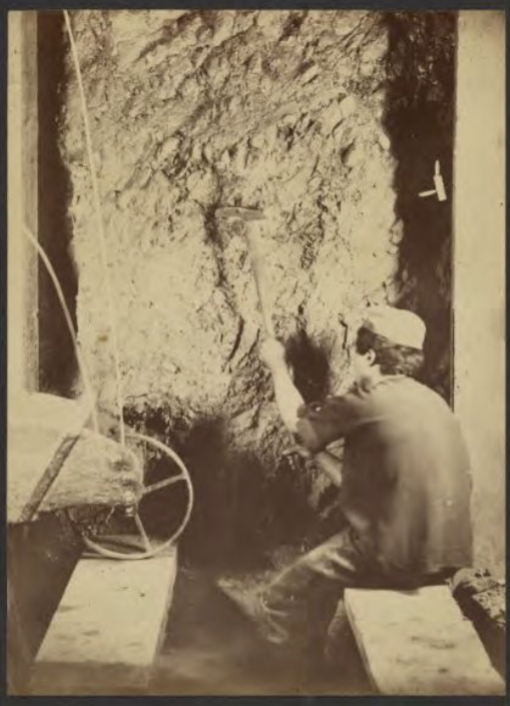
Timothy O’Sullivan, Interior of Virginia City, Nevada Mine, 800 feet below, 1868.
When we do see the people who occupy these spaces, they are removed from the context of the larger place and are more about an action that opens possibilities of working and living successfully and familiarly at this new location.
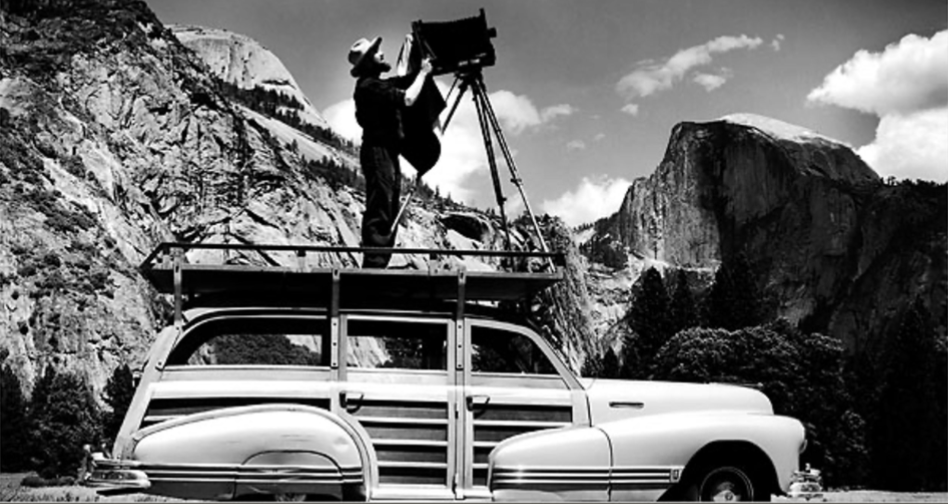
Ansel Adams, Photographing in Yosemite National Park from Atop his Car in about 1942.
Ansel Adams was a photographer and an environmentalist.
He is known for the distinctive shape and the size of his nose. In 1906, he was 4 years old and living with his family in San Francisco; during the great earthquake that year, he fell and broke his nose.
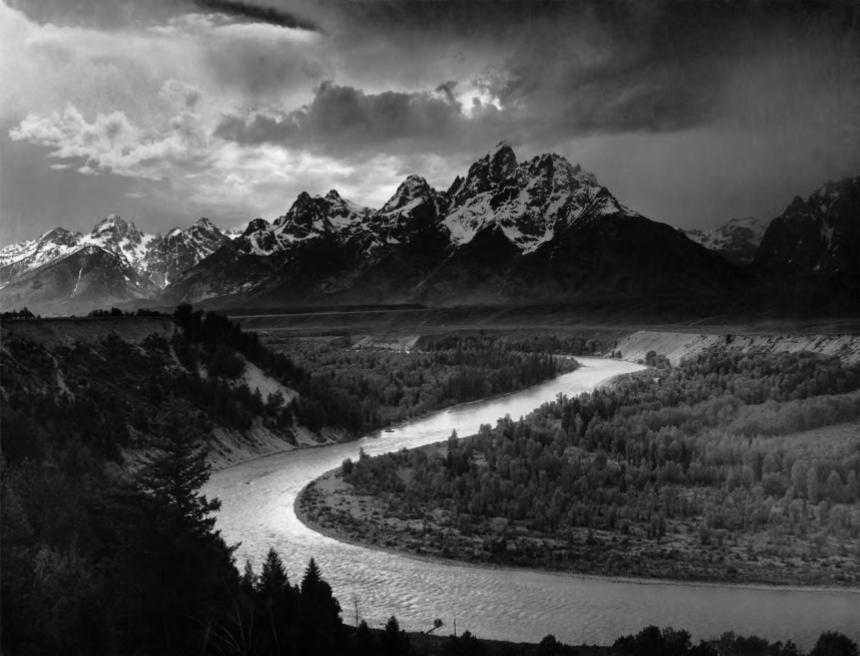
Ansel Adams, (Location Unlisted), (Date Unlisted).
Adams worked very closely with the Sierra Club to advocate for land conservation, including fundraising and educational outreach.
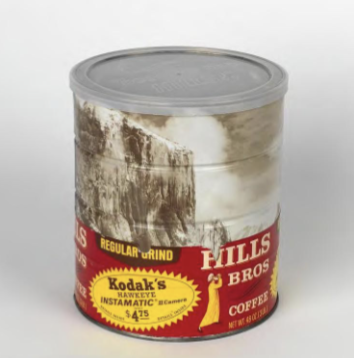
Ansel Adams, Product Cans, (Date Unlisted).
Ansel Adams’ images were used in a series of coffee cans to advocate for the beauty and grandeur of nature.
This campaign hoped to raise awareness and support in maintaining state and federally protected lands.
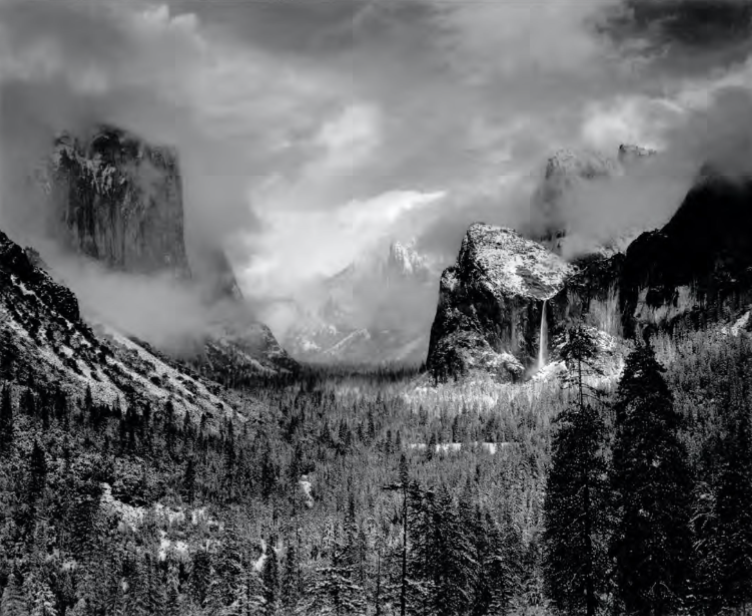
Ansel Adams, (Location Unlisted), (Date Unlisted).
Today, much of the West is still “wild” and unsettled protected public lands. However, you will rarely see these spaces as empty of human presence as you do in his images.
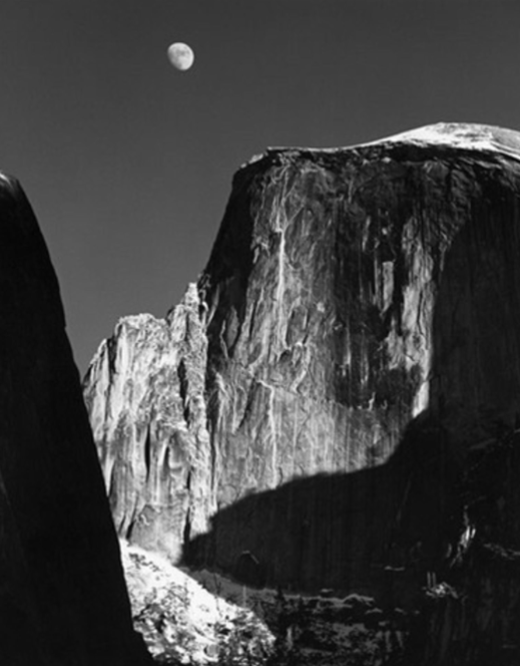
Ansel Adams, (Location Unlisted), (Date Unlisted).
The practice of romanticizing and showing the land as unused and perfect is perpetuated in Adams’ images.
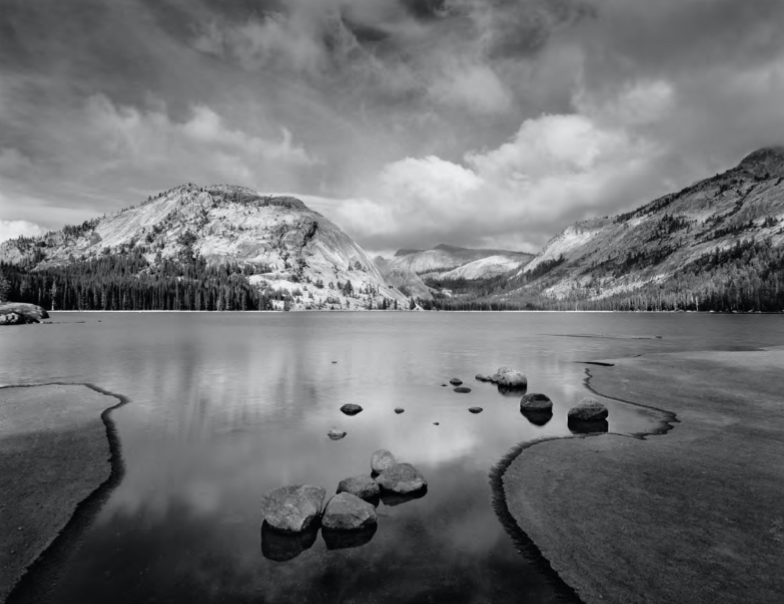
Ansel Adams, (location unlisted), (date unlisted).
His need for perfection pervaded his photographic practice. He was a founding member of the f/64 group; they believed that images should show sharp focus, specific framing, and be made with big view cameras, A valid opinion but limiting to how the medium can and would be used.
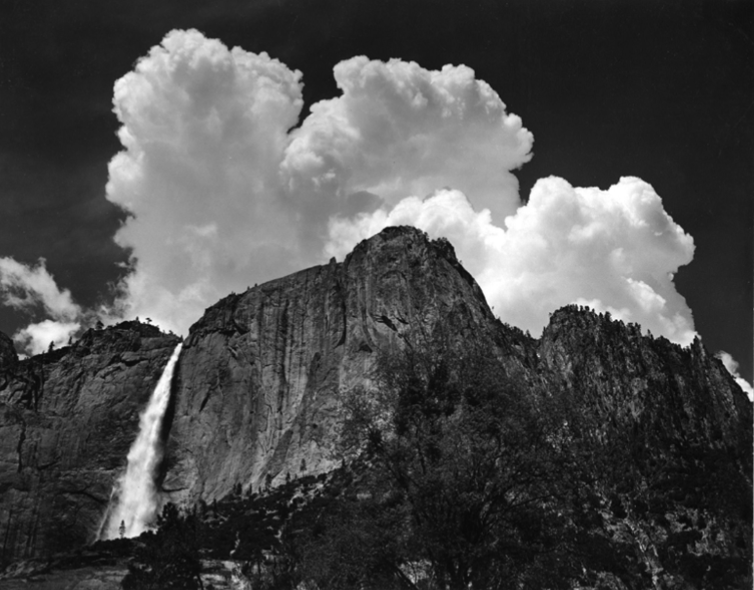
Ansel Adams, (location unlisted), (date unlisted).
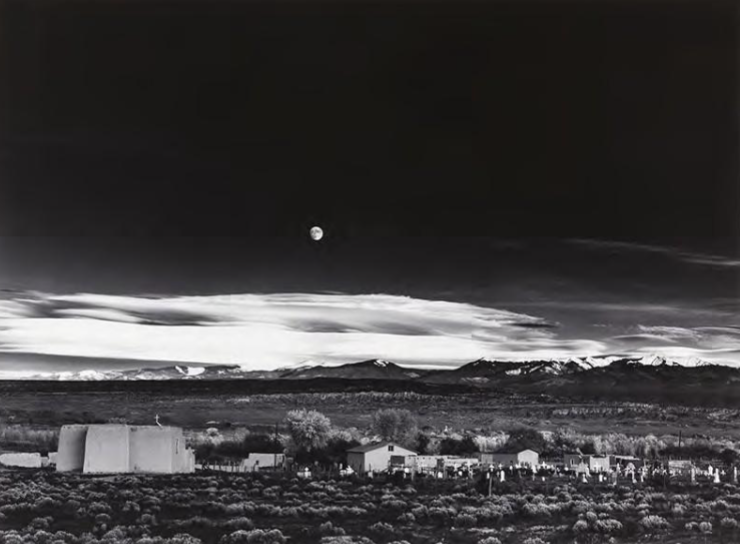
Ansel Adams, Moonrise, Hernandez, (date unlisted).
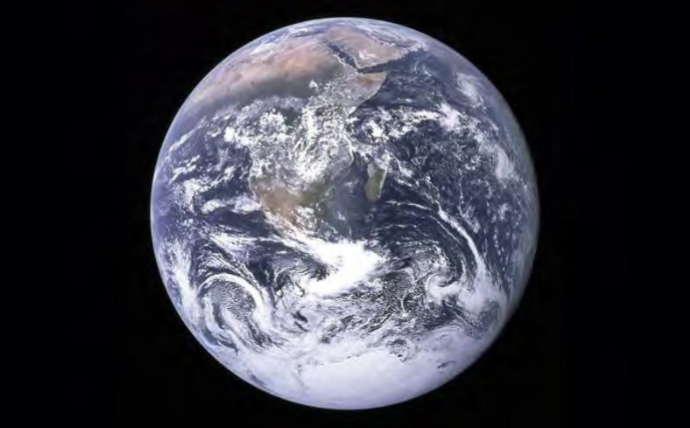
View of Earth from Apollo 17, 1968.
A hundred years after O’Sullivan’s expeditions to the west, we were exploring space.
This image changed our relationship with the planet. Around this time, ideas of saving the planet, trees, whales, everything natural started to become increasingly important. Seeing the planet in this form made everything feel more real.
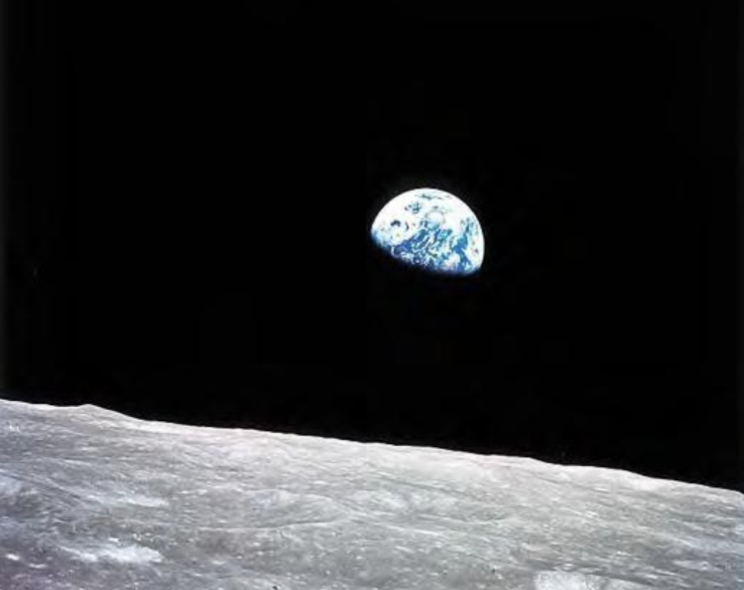
Earthrise, Apollo 8, 1968.
This image shows both the moon in the foreground and the Earth in the distance. Human beings have a need to explore and conquer. Conflicts of ownership and dominance on our planet remain, even the adventure of going to space was a race and an act of power.
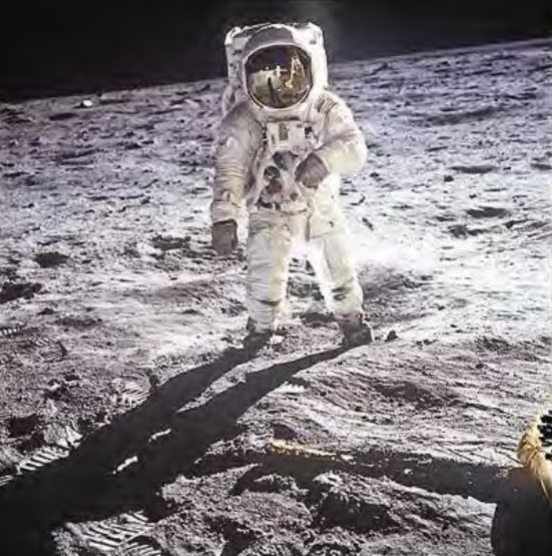
Buzz Aldrin on the Moon, taken by Neil Armstrong, 1969.
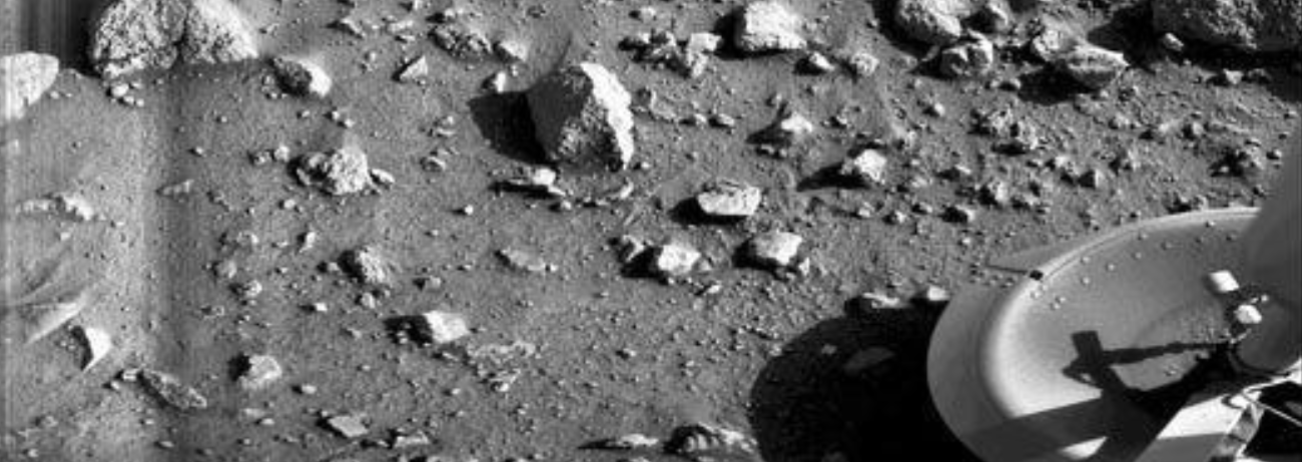
First Photo on Mars, Viking I, 1976.
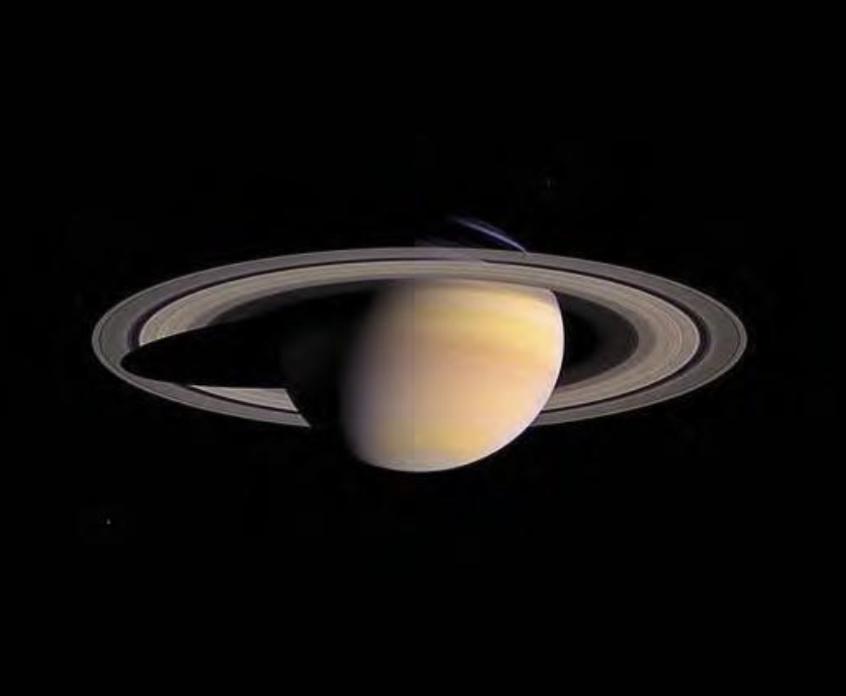
Saturn from Cassini, 2004.
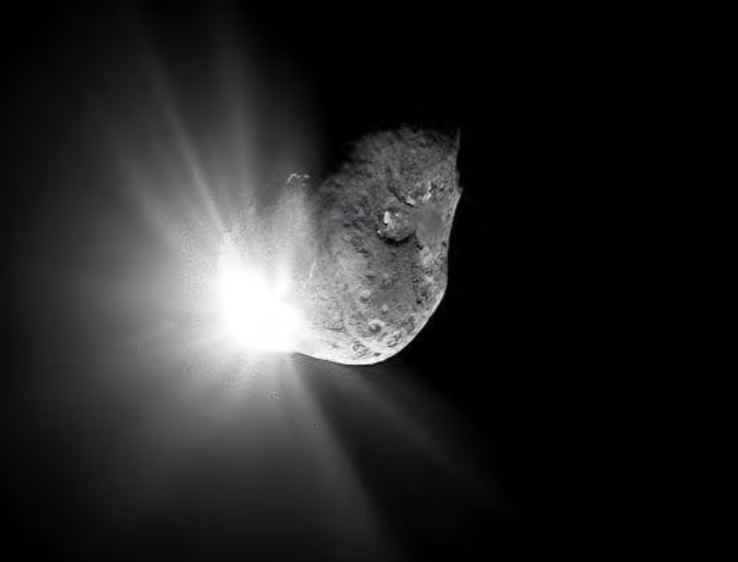
Deep Impact Hits a Comet, 2005.
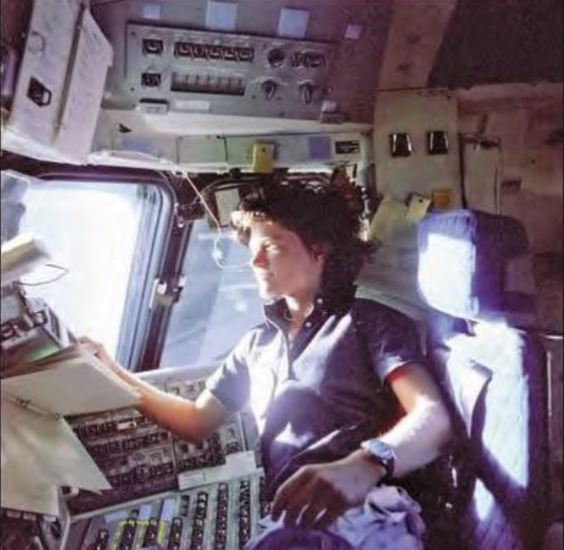
Sally Ride, 1983.
Sally Ride was the first American woman in space. In 1978, NASA admitted its first group of potential shuttle astronauts in training; for the first time ever including non-white men, the first woman, the first African American men, and the first Asian American man.
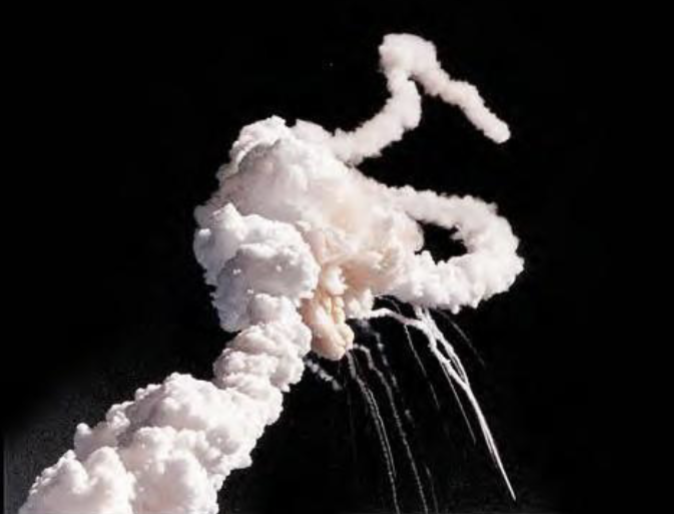
Challenger Exhaust Trail, 1986.
There are fewer images of people traveling to space due to unfortunate occurrences such as in this photo. Prior to the Challenger, the space shuttle program had zero deaths.
In 1986, millions watched as the first non-astronauts went to space. Shortly after take-off, the Challenger exploded. This image documented a shift: a shift in attitude about our determination, perseverance, and supposed invincibility. It was a literal documentation of our fragility. It changed the public’s perception of NASA, the space race, and space in general. For the first time, space wasn’t mysterious… it was dangerous.